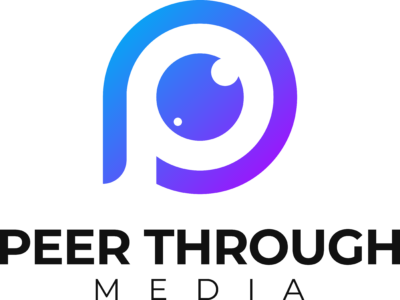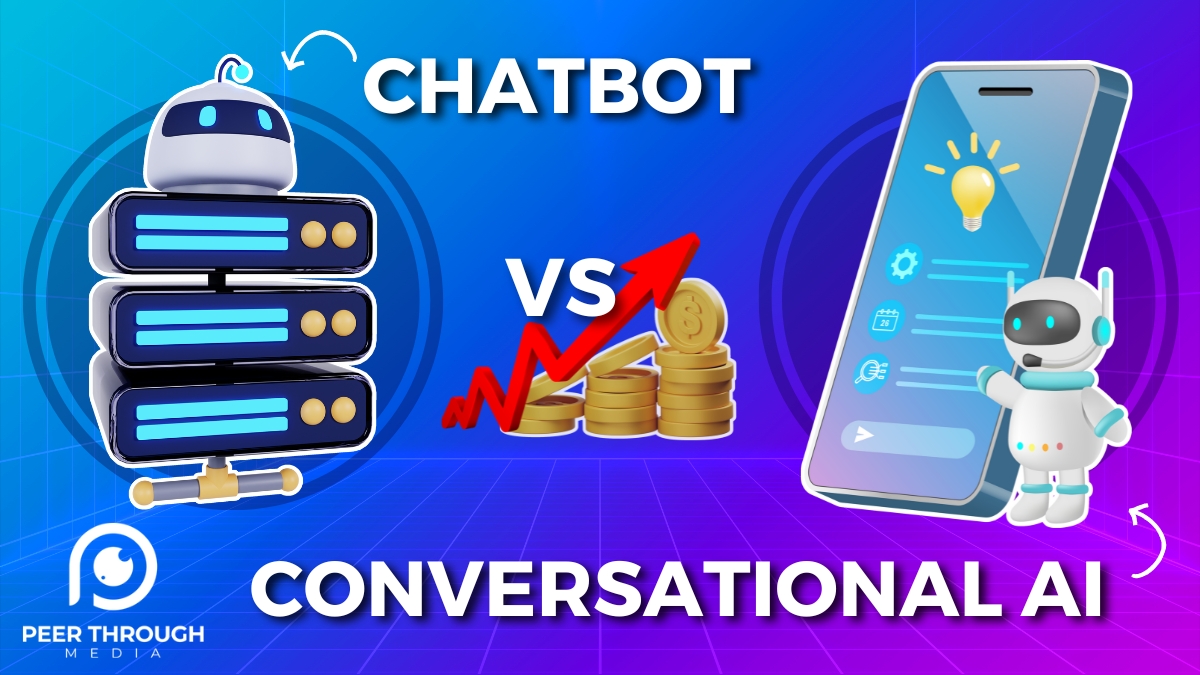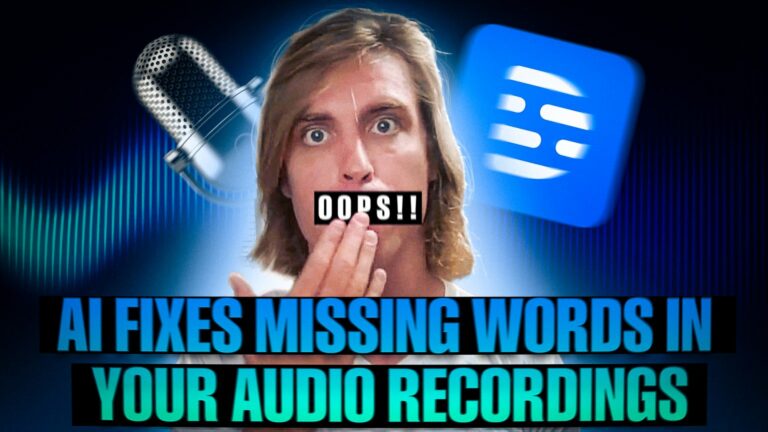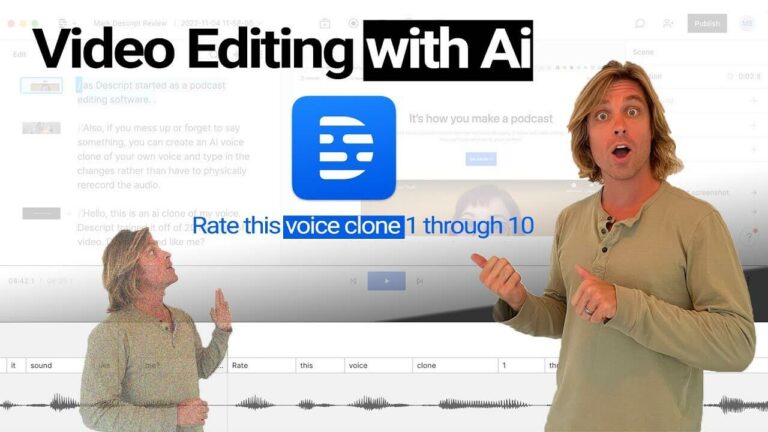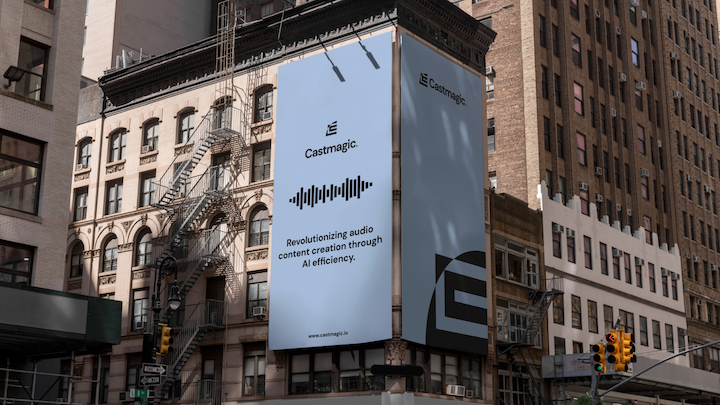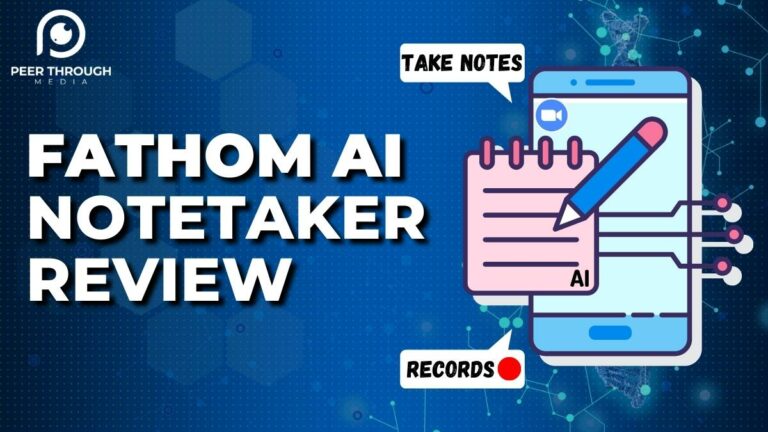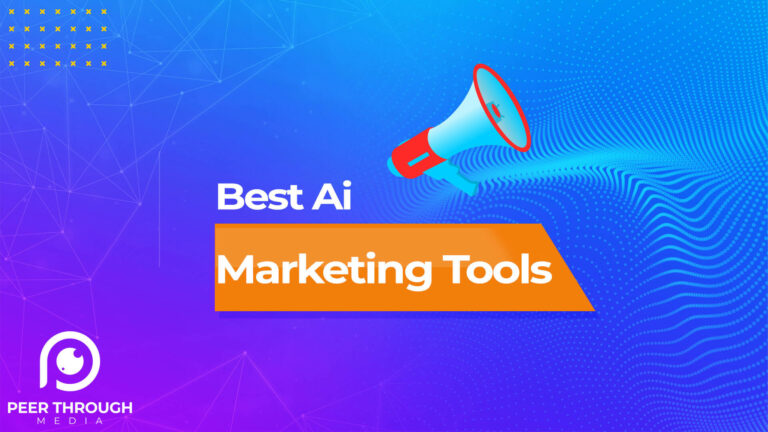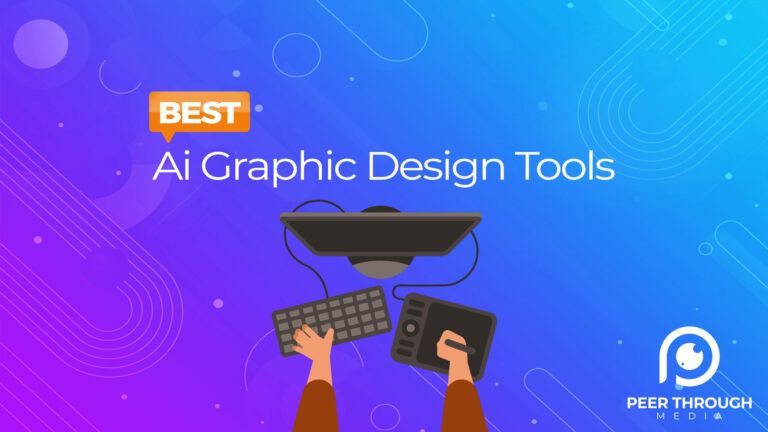Chatbot VS Conversational AI: Which Is Better? (2023)
Are you curious about the trending world of digital assistants and virtual communication? The terms “Chatbot” and “Conversational AI” are often used interchangeably, but don’t be mistaken!
While chatbots are computer programs designed to provide scripted answers to frequently asked questions, conversational AI leverages natural language processing (NLP) and machine learning to mimic human-like responses.
I promise to give you a comprehensive guide that provides valuable insights and a thorough understanding of the differences between chatbots and conversational AI. Keep reading!
Want to build your next business AI Chatbot? Book Your Call Now.
Conversational AI Vs Chatbot: A Quick Preview
| Basis | Chatbot | Conversational AI |
| Meaning | Chatbots are computer programs that can answer limited FAQs based on pre-set data | Conversational AI is a broader term that uses NLP and machine learning to mimic human-like responses |
| Working Model | Answers basic questions and simple inquiries through pre-set rules. | Provides intelligent human-like responses through NLP and Machine Learning. |
| Scope | Best for customer service and answering basic FAQs 24/7. | Best for understanding user intent for long-term customer satisfaction |
| Unique Features | 24/7 service guides users based on decision-tree workflow. | Improves based on previous responses and can be used for multilingual support |
| Examples | Sprinklr, Hubspot Chatbot, Dominos Customer Assistant | ChatGPT, IBM Watson, Alexa, Google Assistant, Siri. |
What Is A Chatbot? (How Does It Work)
A chatbot is a computer program that simulates human conversations through vocal and text inputs. Chatbots are task-oriented and operate on predefined rules, menus, or scripts that can be used for answering frequently asked questions. They can serve as a quick customer support service by providing limited predetermined responses.
They lack the ability to understand human language, detect intent, or generate unique responses. Instead, they rely on structured decision trees to guide the conversation and provide relevant information.
What Is A Conversational AI? (How Does It Work)
Conversational AI refers to a broad term that includes all advanced technologies like natural language processing (NLP) and machine learning. It has empowered chatbots to go beyond scripted interactions to understand and process the complexities of human language and respond in a more personalized way.
Conversational and Generative AI models like ChatGPT use these NLP algorithms to process user inputs, detect intentions, and generate relevant human-like responses. They are unique in their ability to continuously learn from data and user interactions to provide more personalized responses with time.
Conversational interfaces can be used in integration with various chatbots, virtual assistants, digital technologies, or search engines to enhance user experience and facilitate conversational flow.
Business Chatbot Examples
Businesses successfully implementing chatbots for customer service include:
- Sprinklr – Its Chatbot provides automated support to resolve customer requests efficiently.
- HubSpot – Its Chatbot engages website visitors or qualified leads and instantly responds to frequently asked questions.
- Domino’s Pizza – Its Chatbot helps customers place orders and track deliveries, providing a seamless and convenient customer experience.
Conversational AI Examples
Prominent examples of conversational AI platforms can be found in virtual assistants like ChatGPT, Amazon Alexa, Google Assistant, and Apple’s Siri. Mercedes-Benz owners might be interested to know that Mercedes plans to integrate its MBUX voice assistant ‘Hey Mercedes’ with ChatGPT via Microsoft Azure OpenAI service.
These text or voice assistants use advanced conversational artificial intelligence techniques to understand and respond to user commands, perform tasks, and provide personalized information.
Which Is Better: Chatbot Or Conversational AI?
Between the two, Conversational AI technology holds a clear advantage in delivering superior user experiences and customer interactions.
Statistics show over 25% of customers express satisfaction and 32% show neutral responses while using chatbot services. However, relying solely on basic chatbots with rule-bound answers can lead to frustration, with 43% of respondents expressing disappointment in their interactions with chatbots in 2022.
Chatbots are specifically programmed on demand to answer questions on a particular domain or company website. They cannot address complex customer issues or answer any input beyond their pre-programmed data. Chatbots may or may not be backed by AI.
However, Conversational AI is programmed for universal use and has access to multiple channels. It can take different commands and perform numerous actions as per your preference. Its data pool keeps increasing with the increasing number of interactions with individuals, thus, ensuring a more personalized approach and future response.
Increasing customer engagement and streamlining working operations can be tricky. Book a free call today to discuss your own business AI Bot that will help you enhance your online presence.
We at Peer Through can help you quickly build your own AI Chatbot without the need for coding. Our process includes,
Understanding your business → Preparation of conversation flow → Training the bot → Monitoring and Improving.
Chatbots VS Conversational AI: FAQs
Yes, Alexa is a conversational AI chatbot with more functionalities. This voice-assistant technology uses natural language processing and machine learning to simulate human-like conversations. It responds to user queries and commands, providing information and performing tasks based on voice commands.
Conversational AI companies are platforms that help online businesses set up personal AI chatbots on their websites. Some conversational AI chatbot companies specializing in providing advanced chatbot solutions are IBM Watson, Chatfuel, LivePerson, and Microsoft Bot Framework. These easy-to-use platforms help users create virtual agents that automate visitor interactions, solve customer queries, improve business processes, and integrate with multiple channels. They only provide paid packages whose prices increase with increasing features.
Choosing the best conversational AI chatbot depends on various factors, such as business needs, industry requirements, and desired functionalities. I cannot choose one clear winner, as many conversational AI chatbots have showcased great features and gained positive reviews. However, my best picks would be:
New Microsoft Bing: It helps generate responses in three conversational styles – Creative, Balanced, and Precise. You can command it to help you shop, write, tell jokes, organize, code, retrieve information, or chat. It is free to use and mentions references with every generated sentence.
ChatGPT: This trending platform can perform various functions and work like a search engine. It responds better with better prompts and stores data to provide personalized answers. However, it lacks in making decisions and may sometimes generate wrong information.
Chatsonic: It is an AI chatbot on the Writesonic platform that provides a wide range of capabilities. It is more helpful for content creators as it can generate trending content and graphics.
Conversational AI is designed to provide human-like responses to a wide range of questions. It uses techniques like natural language processing (NLP) or machine learning and stores data to understand user intent, detect emotions, and generate personally altered responses.
On the other hand, Generative AI mainly focuses on creating new data sets or original content from pre-existing data. It is often used for tasks like text generation, graphic designing, or music composition. Generative/Conversational AI models, such as GPT (Generative Pre-trained Transformer), are trained on huge datasets and can generate original content pieces that follow patterns like human interactions.
